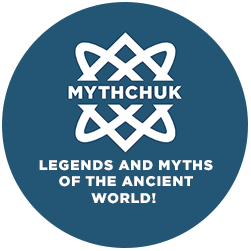Freya — Norse Goddess of Love, War, Magic and the Afterlife
- Main
- >
- Norse Mythology
- >
- Norse Pantheon of Gods
- >
- Freya
She governs love and war at the same time… But where do the dead go besides Valhalla? You’ll find out at the end.
Who is Freya?
Freya is a goddess of the Norse pantheon, daughter of the sea-god Njord and sister of Freyr. She belongs to the Vanir clan, but after the war between the Aesir and Vanir, she was taken to Asgard, becoming one of its most esteemed deities. She is known as the guardian of love, fertility, magic, and battle. Her name literally means “Lady” or “Mistress.”
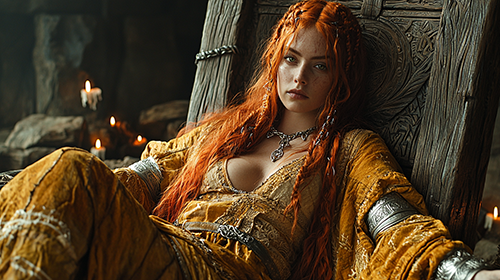 Freya
FreyaFreya’s Origins and Family
Born among the Vanir—a primordial and elemental tribe older than the Aesir—Freya’s father is Njord, the sea-god. Her mother remains unnamed in primary sources, though ancient poems hint she was a giantess. Her brother, Freyr, is another prominent Vanir figure.
During the Aesir–Vanir War, a peace treaty was sealed through hostages: Njord, Freyr, and Freya came to Asgard. There, Freya gained great influence, teaching the Aesir the art of seidhr—divinatory magic that alters fate.
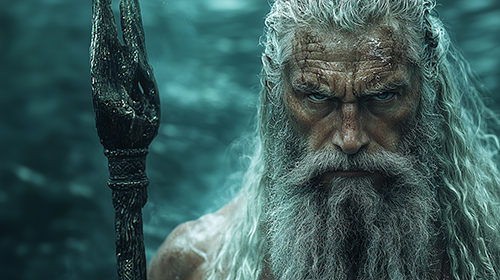 Njord the sea-god
Njord the sea-godGoddess of Love and Beauty
Freya is often called the most beautiful of all goddesses. But her beauty is not merely physical—it is magical, capable of captivating giants, spirits, and gods. Many myths involve attempts to kidnap or claim her as a prize.
One famous tale describes a builder-giant who promised to encircle Asgard with a fortress in exchange for Freya’s hand, the sun, and the moon. When he nearly completed the task, the gods panicked. Theft by trick from Loki, disguised as a mare, delayed the giant; he was ultimately slain by Thor. Though Freya did not consent to the betrothal, she had been treated like a political bargaining chip.
 Goddess of Love and Beauty
Goddess of Love and BeautyBrisingamen and Symbol of Desire
Another legendary story involves her necklace, Brisingamen, crafted by four dwarves—Alfrik, Berling, Dvalin, and Gree. Freya was so taken with its beauty that she offered gold and silver. The dwarves demanded a night with her in return, and she agreed. The necklace became a powerful emblem of desire, love, and temptation. Loki later stole it, but Heimdall recovered it in the form of fighting seals.
 Brisingamen
BrisingamenMaster of Seidhr and Magic
Freya was the most powerful practitioner of seidhr among the gods. This sacred magic enabled prophecy, mind manipulation, dream summoning, and fate-shaping.
Even Odin sought this wisdom. Though he learned it, the Aesir often disapproved of seidhr, thinking it unmanly. Freya, however, embraced it fully, mastering what others couldn’t. In mythology, she wept golden tears over her lost husband, Odr, who disappeared under mysterious circumstances.
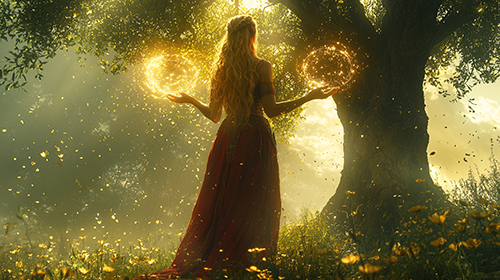 Master of Seidhr and Magic
Master of Seidhr and MagicGoddess of Battle: Fólkvangr
Freya is associated with both love and war. Unlike Odin, who claims slain warriors for Valhalla (Valhöll), Freya has her own hall—Fólkvangr. According to Grímnismál, she receives half of those who die in battle, hosting them in her great hall, Sessrumnir (“Hall of Many Seats”).
Freya’s role is not lesser; she welcomes the honored dead—even those not deemed mighty warriors—proving her authority in the afterlife matches Odin’s.
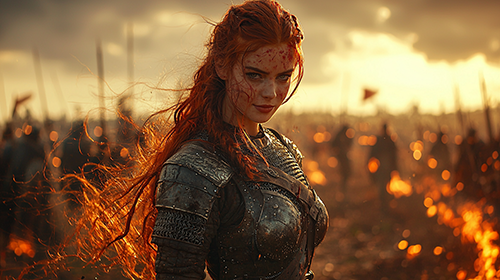 Goddess of Battle: Fólkvangr
Goddess of Battle: FólkvangrThe Search for Odr and Her Travels
One of the more poignant and lesser-known legends involves Freya’s search for her husband, Odr. She wandered through the Nine Worlds, crying tears of pure gold that became gemstones.
The myth has no known resolution—his fate remains unknown. This tale reveals another facet: Freya as a devoted wife, capable of true grief and loyalty, adding depth to her persona beyond magic and battle.
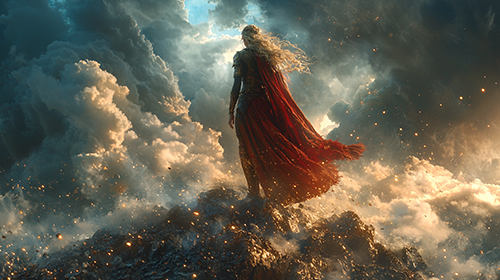 The Search for Odr and Her Travels
The Search for Odr and Her TravelsFreya in Ragnarök
Freya’s role in the final battle of Ragnarök is largely absent from ancient sources. It’s unclear whether she participates, survives, or perishes.
Perhaps this absence is telling: Freya transcends the binary of war and death; her essence lies in life’s magic—birth, desire, transformation, and sorrow. She exists between battles, not within them.
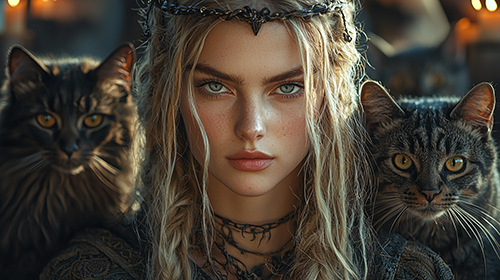 Freya a Goddess of Balance
Freya a Goddess of BalanceConclusion: A Goddess of Balance
Freya is one of the most complete and multifaceted figures in the Norse pantheon. She balances love and death, magic and tears, war and sensitivity. Her symbols include the Brisingamen, a chariot pulled by cats, and a falcon cloak enabling travel between worlds.
Her name endures in modern culture (the English Friday is named after her). She appears in literature, fantasy, games, and art—not as a mythic accessory, but as a beacon of power once respected by Odin and Thor themselves.
